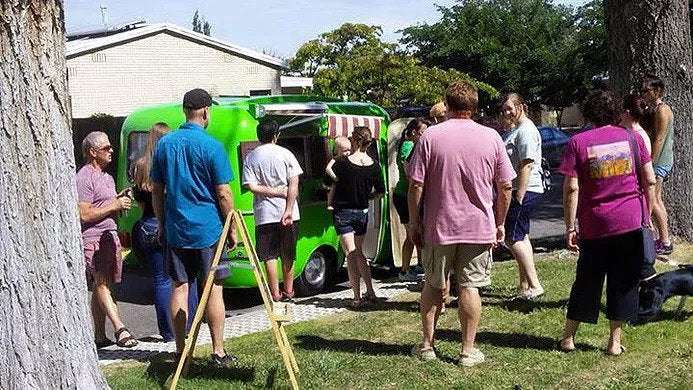French Press
The french press is a pretty easy concept. It’s a screen on a stick that is placed in a cylinder to hold the coffee down so you don’t pour it into you cup. The coffee sits in the water the whole time, so it really has a chance to interact. You get a much bolder cup of coffee, with an occasional grind. The negative part, besides a little grounds in your coffee, is that they don’t really make large french press. 32 ounce is pretty standard. Also, they get cold pretty fast and they tend to bitter if not consumed right away.
AeroPress
These things are pretty cool. They’re a combination of a french press and a filtered machine. Basically, there are two cylinders. One cylinder is on top the other. You pour your coffee and water into the bottom cylinder. Just below it is a filter. Once the coffee steeps, you push on the top cylinder and it pushes the water through the filter and into your cup. It’s pretty sweet because you get the immersion of a press, but the filter of a drip coffee. A few negatives: They don’t keep your coffee warm. The only commercial machine I was able to find was the Bunn Trifecta, which starts at 5k. And I’m not sure on the brew time in the commercial aspect, but I couldn’t see this being a fast process.
Cones
Cones come in a couple of different flavors: Chemex, Hario v60, ceramic pour over. The concept is pretty much the same. You place your filter in a cone over your cup/pot of coffee and pour hot water into the cone. A few ways you can screw this up: Grind (too course or too thin) and extraction time (too long or too short). When done right, the coffee here is amazing. When done wrong, the coffee is junk.
So, I’ve seen these and done these in the commercial setting. It’s not the easiest to do, however if done right, the coffee is amazing. To do it right, you need to line up multiple cones in a row and be able to boil a lot of water. So, we make a cone station that has a 5 cones in a row and we pull water from a large hot water heater and pour it into the kettle for distribution. When the water moves through the filter and into the cup, we also have it dump immediately into a double walled thermos cup to keep the temp hot. That’s the bad thing about cone, once you brew, it starts cooling off immediately, so keeping temps up is a headache.
Drips
Drip coffee is any automated coffee maker which boils the water with a heating element and disperses the coffee over a filtered cone for you. This is what most of us use for coffee. Some pour the coffee into a pyrex glass while others will pour into thermos carafes. Some come with hot plates, some don’t. Some come with inline water connections, while others have a chamber that has to be filled. A few notes here. Hot plates are notorious for burning coffee, so if you go that route, be mindful of your coffee needs. You most likely will have to brew 64 ounces at a time. So this is not for slow times.
Coldbrew
One of the coolest trends I’ve seen lately is the cold brew trend. Cold brew is a pretty simple process: Take ground beans, place them in cold water and leave them there for a long time. Now, why might someone do that? The theory is that the cold brew process doesn’t release as much acids into the coffee and make it bitter.
Also, by removing the heating element from the brewing, you increase your production cycle. So, I can brew this large scale and then heat over large stock pots. This is what I do for large festivals or catering where I need to brew a lot of coffee in a short amount of time.
For my recipes, see the Starter Guide.


